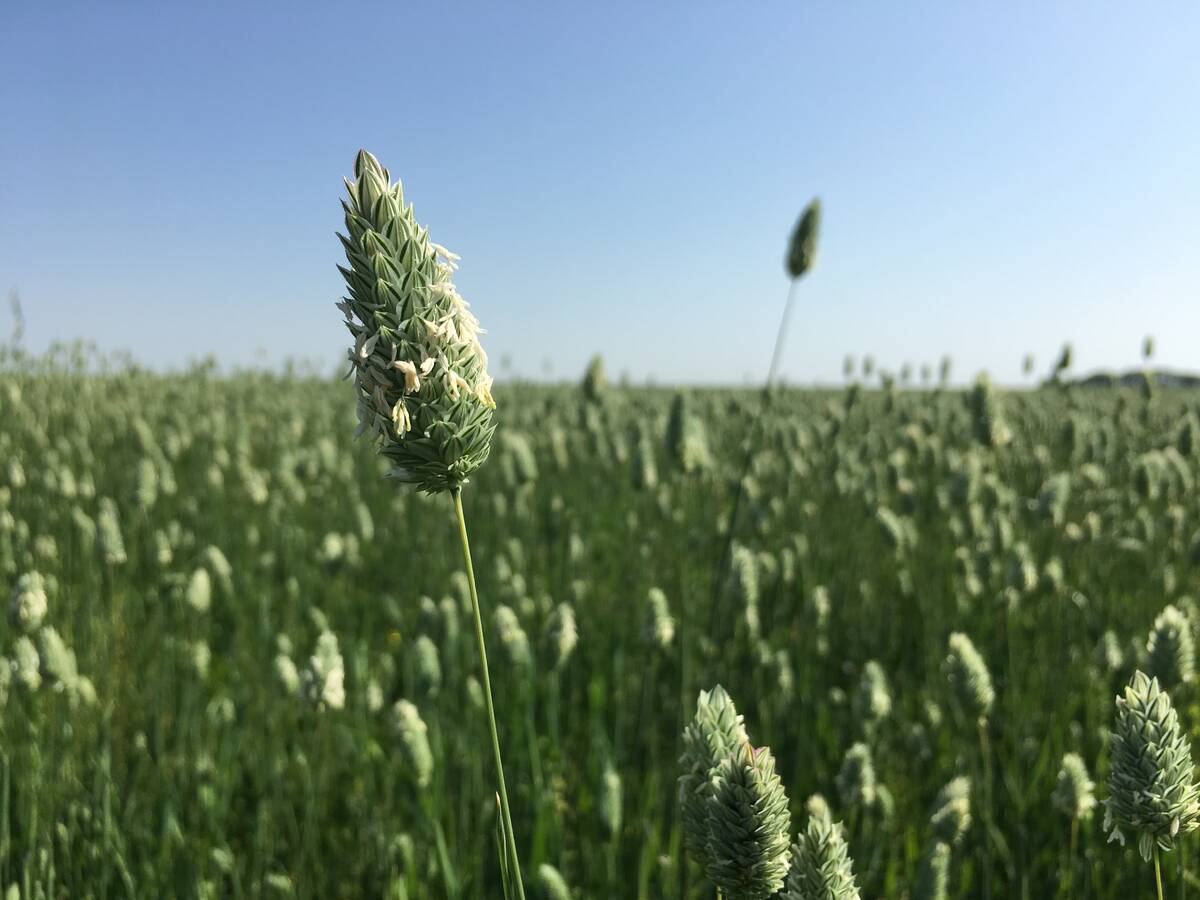Export Development Canada is forecasting stability for the Canadian dollar for the remainder of the 2022-23 crop year.
“Our expectation and our forecast is we’ll probably settle in around 75 cents,” said Ross Prusakowski, principal economist with EDC.
He thinks the trading range for the loonie will likely be US$0.73 to US$0.78 as inflation concerns ease.
That would be getting back to pre-pandemic levels after a wild ride the last couple of years.
The loonie fell as low as $0.68 at the start of the pandemic and shot up as high as $0.83 in June 2021 when global economies recovered and re-opened.
Read Also

No special crop fireworks expected
farmers should not expect fireworks in the special crops market due to ample supplies.
The dollar fell back to $0.72 when supply chain issues materialized, inflation took hold and interest rates soared.
Last week, it jumped to $0.75 when U.S. inflation rate numbers were released and showed signs of easing faster than many were expecting.
A weak Canadian dollar has largely benefited the agriculture sector because commodities like grains and oilseeds are sold in U.S. dollars in export markets around the world.
That is partially offset by farmers having to purchase imported crop inputs like fertilizer, seed and farm equipment that are also sold in U.S. dollars.
Prusakowski said the exchange rate has been influenced more by the strength of the U.S. dollar than the weakness of the Canadian dollar.
“As people have become more uncertain about the global economic outlook, global challenges and interest rate dynamics, they really want a flight to safety and a flight to quality and the U.S. dollar is that hedge for most people,” he said.
That is why the U.S. dollar has appreciated against most of the world’s other currencies.
MarketsFarm analyst Bruce Burnett said until recently the U.S. dollar was up about 18 percent year-on-year versus a basket of currencies known as the DXY index. The increase shrunk to 11 percent as of Nov. 14.
While the strengthening Canadian dollar is bad for farm revenues, the weakening U.S. dollar is good for overall global demand for commodities like grains and oilseeds.
Some customers around the world were balking at paying an extra 18 percent for commodities on top of the huge escalation in futures prices of grains and oilseeds.
The upshot is that Burnett thinks the increased global demand caused by the weakening U.S. dollar will help offset the reduced amount of Canadian dollars farmers will be putting in their pockets as the loonie gains strength.
He doesn’t see the Canadian dollar gaining much more strength. It will likely continue trading in its traditional range of $0.70 to $0.75.
“I don’t really see the loonie moving out of that channel,” said Burnett.
Prusakowski thinks $0.75 is a pretty good bet moving forward. Central banks are likely done hiking interest rates but will probably keep them at elevated levels for a while to keep inflation in check.
Export Development Canada is also monitoring the shipping challenges in the U.S. caused by low water levels on the Mississippi River.
That could affect United States exports, which in turn could affect Canadian grain prices.
“If there is a U.S. shortfall in the export market, it means that demand is going unfulfilled and it could increase prices for Canadian companies and exporters,” he said.
















